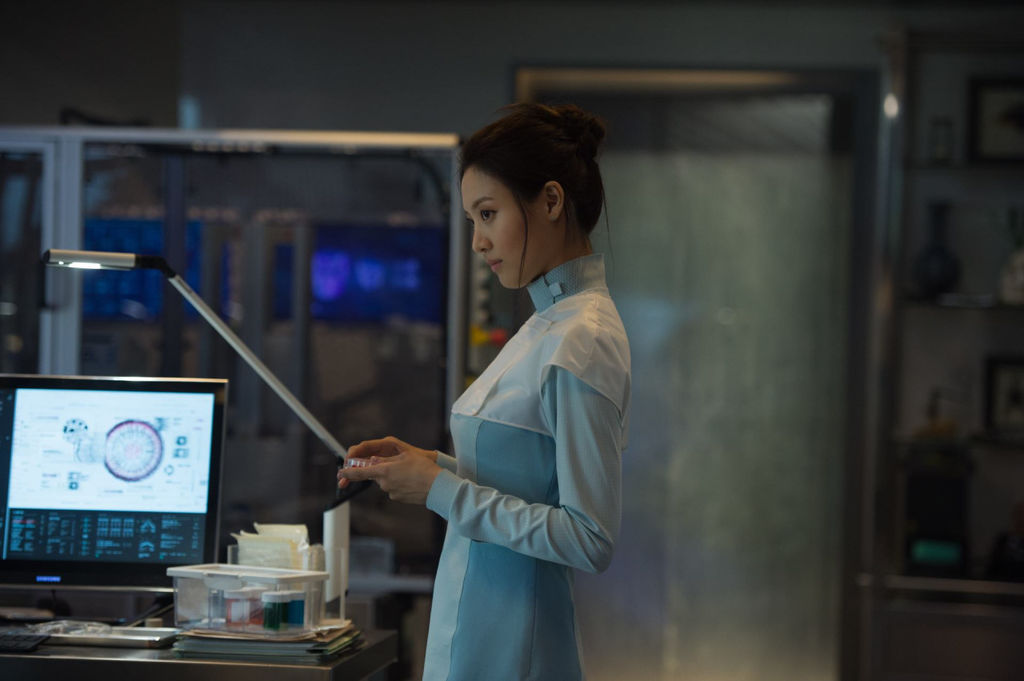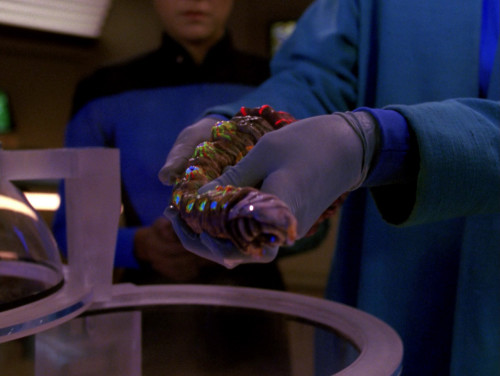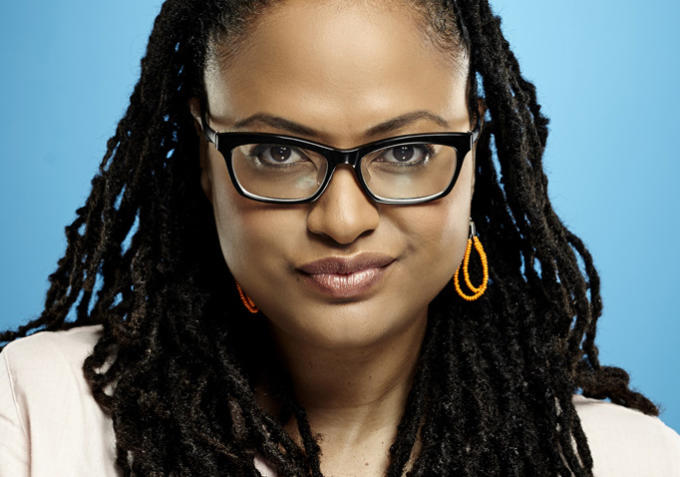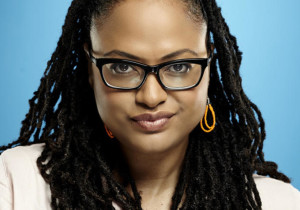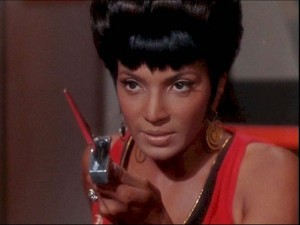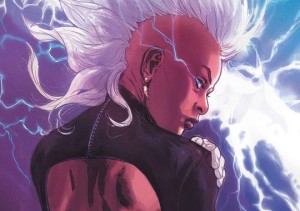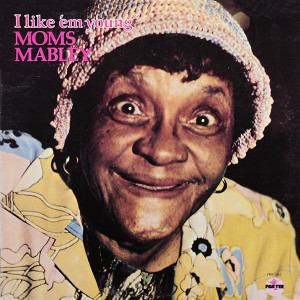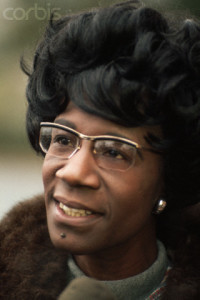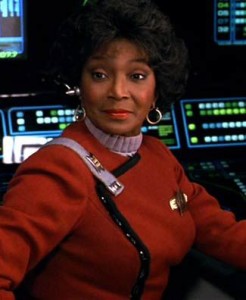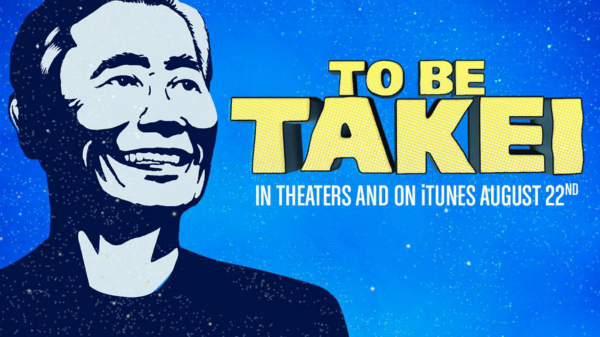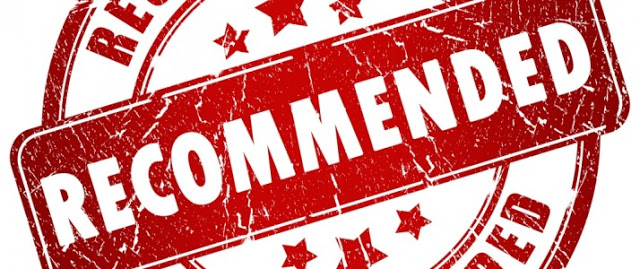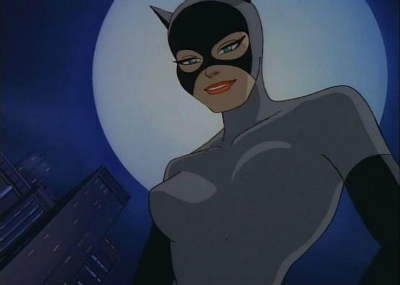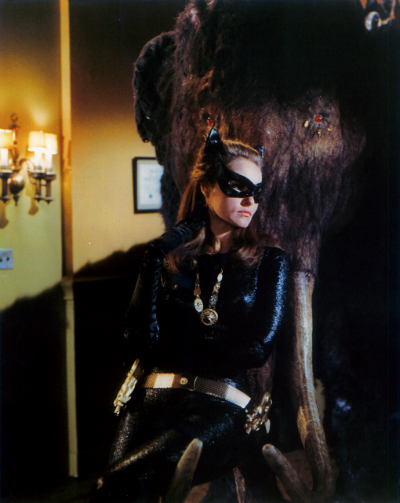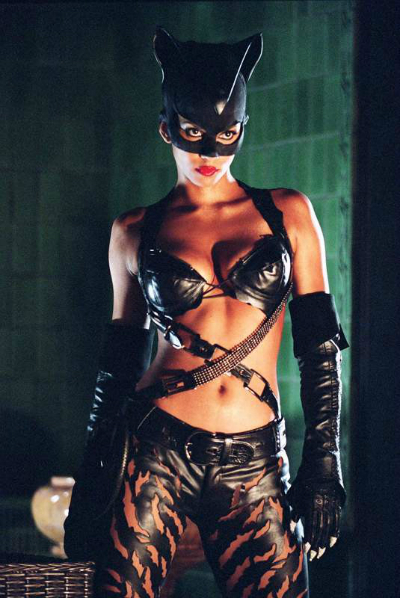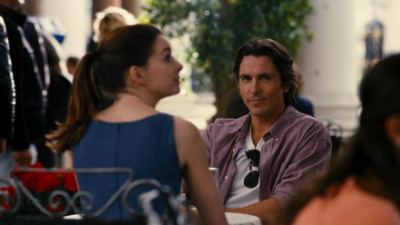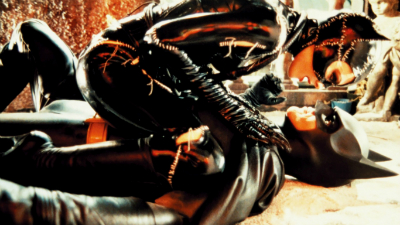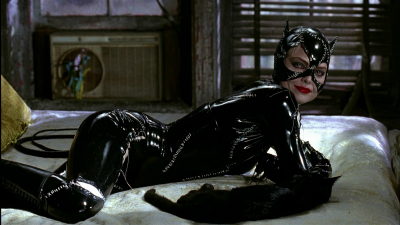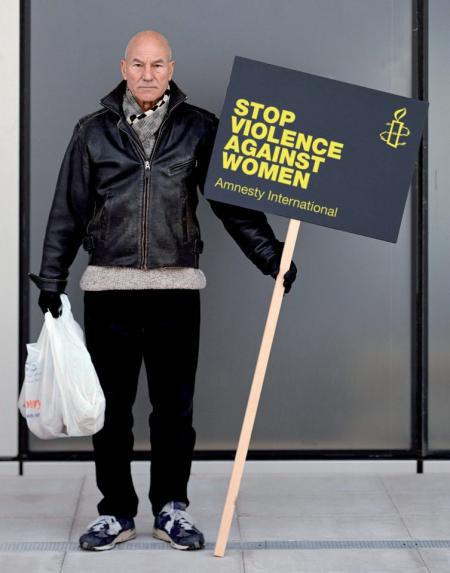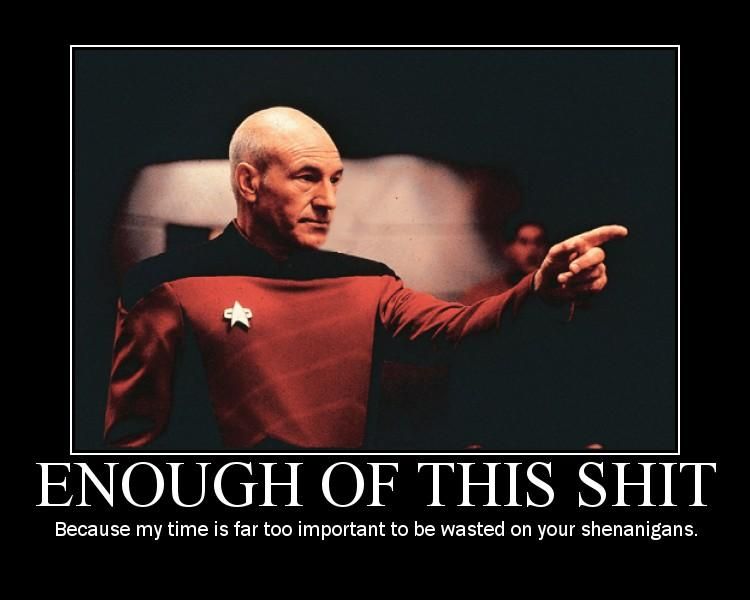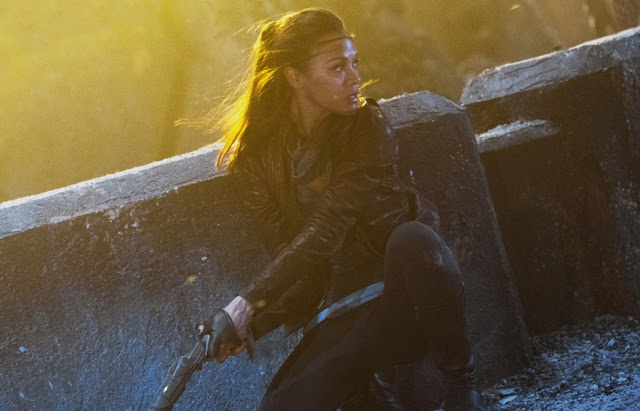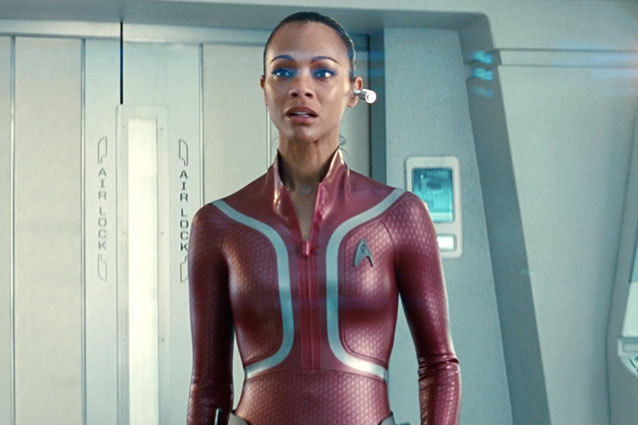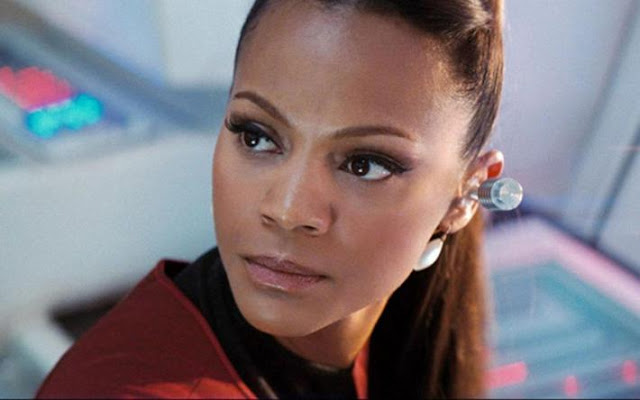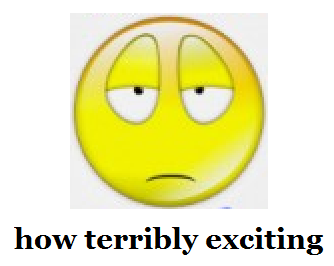This guest post written by Cheyenne Matthews-Hoffman appears as part of our theme week on Women Scientists.
When you think of superheroes, you probably don’t immediately think of science. Superheroes are all about incredible power and defeating the bad guys; test tubes and the periodic table aren’t nearly as cool as a good city-destroying battle. Yet, nearly all of the Marvel Cinematic Universe superheroes are vastly influenced by science, some even donning the proverbial white lab coat themselves.
The Marvel Cinematic Universe, or MCU, is a franchise of feature films, short films, and television shows featuring crossover characters and plots from Marvel comics. For the past eight years, the MCU has made billions off of this immersive, action-packed world.
Starting with Iron Man in 2008, science has always been a huge component of the MCU. From the super serum that turned scrawny Steve Rogers into the super soldier we know and love, to Bruce Banner’s questionable method of trying his experiments on himself, there is more often than not a super brain operating behind our heroes’ super powers. And if the hero in question isn’t directly given their superhuman-ness from science, they are heavily assisted by scientists without whom they wouldn’t be able to succeed.
Yes, yes, all of this science is good (well, save for the evil scientists). But the MCU can make a couple improvements regarding their female scientists.
Female scientists are few and far between in the Marvel world. Of the 65 MCU scientists in a live action movie or television show, 18 are women. And of those 18, 2 are women of color — Dr. Helen Cho, who is South Korean, from Avengers: Age of Ultron and Agent Anne Weaver, who is Black, from Agents of S.H.I.E.L.D. While those numbers may seem a bit low, MCU’s female scientists statistics are pretty much right on target with the national average. Women are greatly underrepresented in the STEM (science, technology engineering, and mathematics) fields in the U.S. Although they are 48% of the workforce, they make up less than a quarter of STEM fields at 24% of STEM occupations, according to the U.S. Department of Commerce Economics and Statistics Administration. The MCU’s 18 female scientists puts them at about 27%.
Although there are three times as many male scientists, the MCU’s female scientists aren’t there just for show. From astrophysicists to cellular biologists, these women often act as catalysts to the plot, if not the ones to ignite it in the first place. In Avengers: Age of Ultron, Dr. Cho (the one Asian female scientist in the MCU) creates the Cradle and, under the force of Ultron, also co-creates Vision. Without her creation of the Cradle, Tony Stark’s massive failure in Ultron would have had to use some other super genius’ creation in its attempts to take over humankind. And without Dr. Cho, Vision wouldn’t be around to help stop Stark’s peacekeeping-turned-genocidal scientific abomination.
This wasn’t the only time an MCU film’s plot was initiated by the creation of a female scientist. In Iron Man 3, Maya Hansen begins research for a way to regenerate damaged human tissue and comes up with the extremely volatile Extremis, which is then bastardized by Aldrich Killian for a terror plot, prompting Stark to save the world yet again.
In both of these examples, key motivators to Tony Stark’s badassery are prompted by a woman scientist who either (spoiler alert) dies or is never heard from again. Iron Man is the genius billionaire playboy philanthropist with accolades up to his ears, but more than one of the film plots which culminate in him saving the day begin with the scientific genius of women.
Still, Marvel does a tremendous job of making its female scientists vital and smart. In Agents of S.H.I.E.L.D., biochemist Agent Jemma Simmons is Fitz’s equal; they are both nerdy scientists who say big words. In Thor, Jane Foster is shown to have massive respect in her field, even being considered for a Nobel Prize. In Agent Carter, Whitney Frost proves Red Skull isn’t the only scientist who can use their super brain for evil. So, it isn’t like Marvel does a terrible job writing lady scientists. But as important and smart as these women are, they are overwhelmingly white.
But again, the MCU is realistically on point with their representation of female scientists of color. Women of color make up less than 10% of employed scientists and engineers. Black women make up a whopping 2% of the STEM field. This would mean out of the 65 scientists in the MCU, there should be at least 1 Black women scientist, therein lies our one Black female scientist, Anne Weaver. Around 5.3% of employed STEM workers are Asian women, so there should be at least 3 Asian female MCU scientists. If you include Dr. Wu Jiaqi from the Chinese version of Iron Man 3, this gives us a total of two Asian women scientists (though Dr. Jiaqi is not credited as an MCU scientist). It’s not quite 3, but with numbers these small, it’s something. Latinx women are around 2% of the STEM field, so staying on track with the realistic numbers, there should also be 1 Latina female scientist in the MCU and none exist, although Claire Temple from Daredevil isn’t listed as an MCU scientist, she is a nurse and could possibly be worked in as representation there.
I know what you’re gonna say. “The MCU is doing pretty much everything right, right? Their numbers match up with real life numbers. Are you telling me I spent the last few minutes reading all those stats and percentages for nothing? What’s the problem here?!”
Yes, Marvel is doing its job keeping in line with the national averages and statistics for women and women of color who are scientists. And that’s awesome! But the MCU also has a giant green monster who smashes things and a guy frozen like a popsicle for 70 years who really loves America. Things in the MCU don’t really tend to reflect the outside world. In fact, they usually exceed it. It’s important for media representation to go above and beyond, because life really does imitate art.
Last October, Sarah Richardson, a Black postdoctoral fellow in synthetic biology, told US News that people tell her she “[doesn’t] look like a scientist” and that her “career was suffering because [her] colleagues also thought [she] didn’t look like a scientist.” Despite excelling in her field, she isn’t taken seriously because people don’t associate Black women with professions in science.
Mae Jemison, the first Black woman to go into space, got her inspiration to be an astronaut from watching Lt. Uhura on Star Trek. Seeing a woman that looked like her be so successful on television translated into her real life and motivated her to shoot for the stars, literally. Representation is important because it lets people see themselves be strong or brave or smart, and it can have a huge impact on self-esteem and self-worth. Representation in the media leads to real world change.
You might be wondering: What all does this have to do with the MCU? Marvel is a colossal game changer in entertainment media and they are a powerhouse of cultural impact. With DC Comics and Warner Brothers hopping at the chance to follow in the footsteps of the wildly successful empire, Marvel certainly has the influence to spark change. They have the means to change media as we know it, and they’re doing it as we speak. With Roxane Gay as the first Black woman to write for a Marvel title and upcoming movies like Black Panther and Captain Marvel on the horizon, they’re certainly upping the ante when it comes to inclusion.
Wanting more than just realistic numbers of female scientists in Marvel isn’t a totally unreasonable request from the web-slinging, Hulk-smashing universe when progress is already going full steam ahead. And knowing how important and impactful it is for young women and girls of color to have strong representation of themselves on-screen seems like a pretty good motivator to bust out some safety goggles and get a few more ladies kicking ass in the chemistry lab.
Image of Captain America and Iron Man cosplayers | Photo by Greyloch via Flickr and the Creative Commons License.
Cheyenne Matthews-Hoffman is a freelance entertainment writer and digital content manager who is obsessed with an absurd amount of television shows. She is an advocate for accessible entertainment and sometimes develops websites. You can find her at @heycheyennehey on Twitter or cheyennecheyenne.com.
